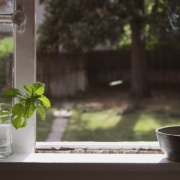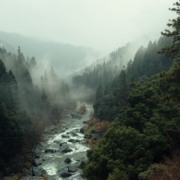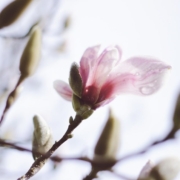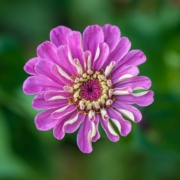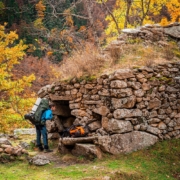Forgiveness at the pace of guidance
Forgiveness: sometimes it’s simple, sometimes it’s not. Some say there are situations that are not forgivable. When I first heard that idea, I was skeptical, surely, everything is forgivable, isn’t that what we are taught?
When I feel more deeply into my own heart and body I realize there are people I have not forgiven, even though I thought I had. And to my surprise, I realize I may never forgive them, especially when I am truthful about the depth of the hurt I have experienced.
I’ve learned that the deeper the pain, the harder it is to let it go. And that insight determines our pace of forgiveness. First we have to acknowledge to ourself the pain that we’ve endured.
I want the time and space to notice how things feel in both my psyche and my soma. Reclaiming our agency over our forgiveness process, wherever we may be in it, is healing in itself. Sometimes it’s not that I don’t want to forgive, it’s that I don’t want someone else telling me “I should”! Processes of restorative justice engage this as part of their inquiry. We cannot talk about restoration when we have not acknowledged the damage done.
Ultimately? I think forgiveness is a good thing. I also think approaching it slowly at the pace of our inner guidance is a good thing too, especially for the traumas that can take us years or generations to comprehend. That process needs to be both protected and respected.
Sometimes our rage is our only protection in circumstances where no one else was there for us. Befriending that rage in safety is a way to stop the war within ourselves: it’s a step in a tender process and one that must be navigated with self compassion.
I am slowly discovering that compassion for my limits around whom and what to forgive is a place I can rest. I can have the aspiration to forgive or not but I don’t have to create more suffering for myself.
And you too can move from that place of self compassion.
Having a place to rest within our process can loosen the bitterness that is often a foregone conclusion about not forgiving. And sometimes, just sometimes, giving ourselves a wide berth around such reflection fine tunes our ability to trust our inner guidance.

